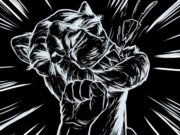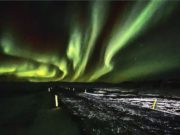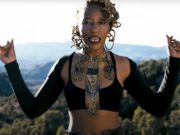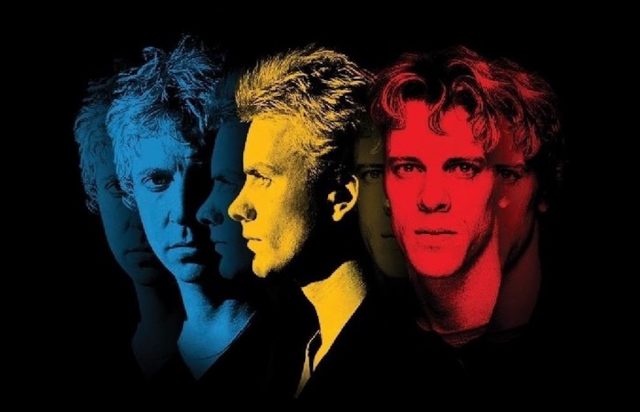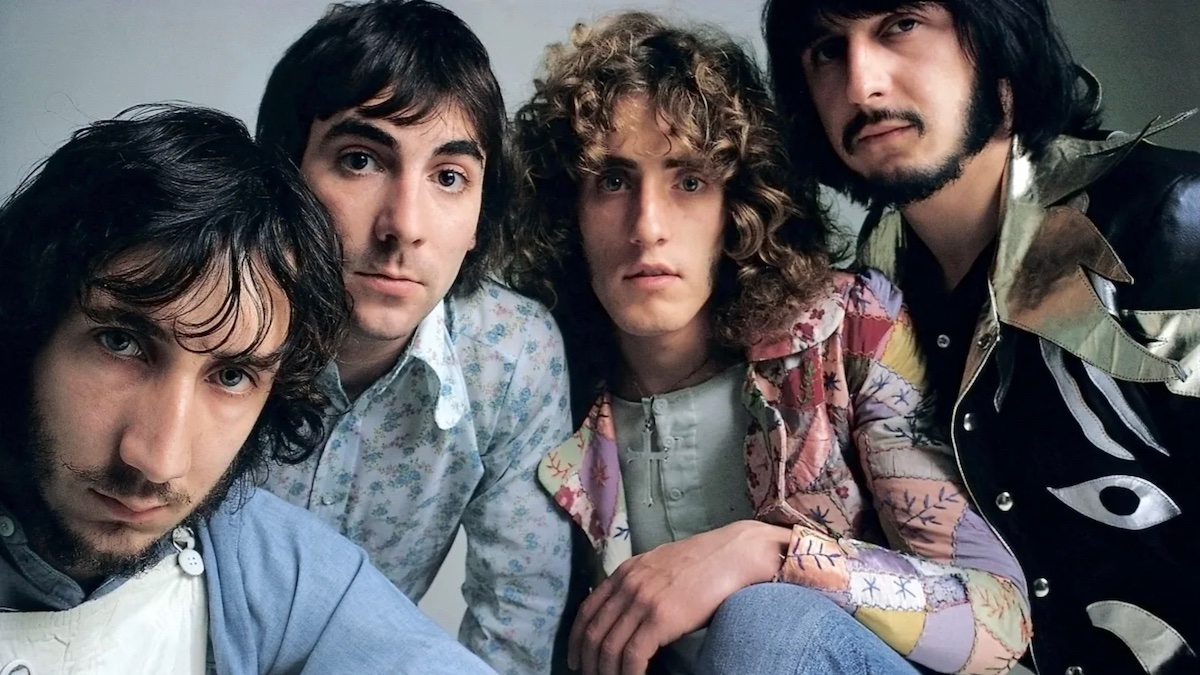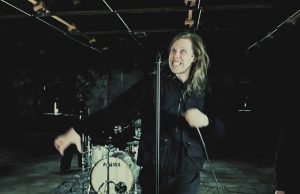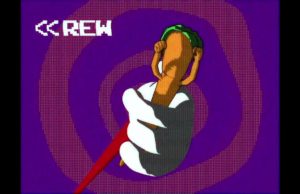 By the time The Police put out their 1983 album Synchronicity, they were the biggest band in the world. During the subsequent tour they sold out Shea Stadium — a feat first accomplished by The Beatles in 1965, and which is an honoured benchmark of elite-level popularity.
By the time The Police put out their 1983 album Synchronicity, they were the biggest band in the world. During the subsequent tour they sold out Shea Stadium — a feat first accomplished by The Beatles in 1965, and which is an honoured benchmark of elite-level popularity.
That was the 18th of August, 1983. The day Sting knew there was nothing more to be achieved with The Police. After the tour, they all agreed to a hiatus and never managed to record together again, apart from 2/3 of them re-recording Don’t Stand So Close to Me and De Do Do Do De Da Da Da in 1986. On June 15, 1986 they played the last of three Amnesty shows. They unplugged and handed their instruments to U2 — literally passing the torch. They quit at the top.
I wanted to imagine what some famous discographies would look like if all bands did the same thing — just bands, mind you. I’m not going to include solo artists. The idea is you have to imagine how the splintered bands might have come up with their later hits — if at all. Here we go…
Led Zeppelin
Would have called it quits after Led Zeppelin IV / Untitled. They were the biggest band in the world in both 1970 and 1971. So that means no Houses Of The Holy, Physical Graffiti, Presence, or In Through The Out Door.
Adjusted lifespan | 1968-1971
The Beatles
Their biggest album was Sgt. Pepper’s Lonely Hearts Club Band. If they had packed it in after this we’d all have been spared the Magical Mystery Tour film, but we would have missed out on I Am The Walrus, the Yellow Submarine animated movie (maybe), The White Album, Let It Be and Abbey Road. Like, even in 1969 The Beatles were still the biggest band in the world.
Adjusted lifespan | 1960-1967
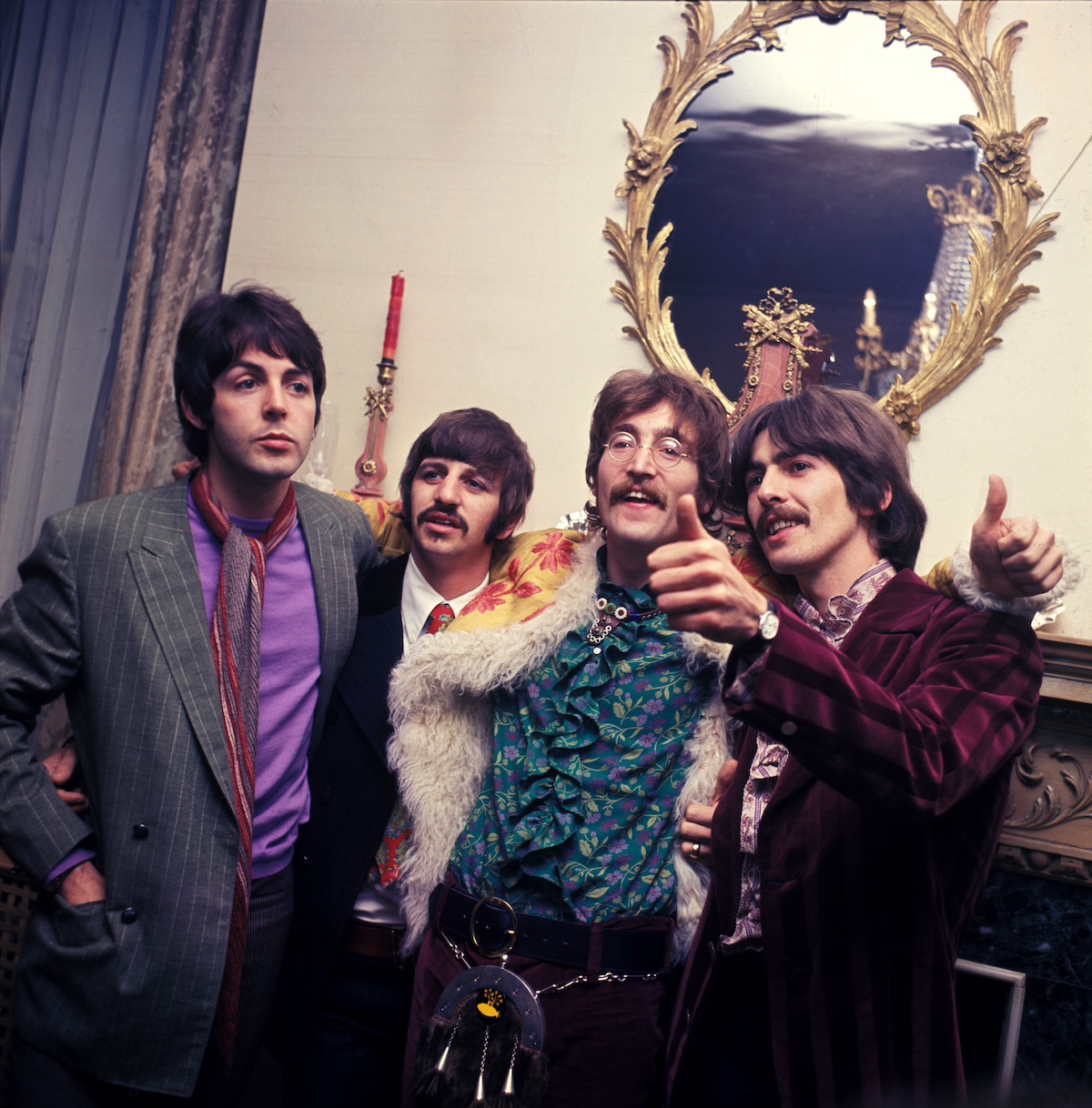
ZZ Top
Now here’s a band where it might not have been the worst thing ever if they’d stopped at their peak. That happened in 1983, after the release of Eliminator. So, the seven albums which came after would never have happened. Did they anyway?
Adjusted lifespan | 1969-1983
KISS
The hottest band in the world would have tapped out after Alive II in 1977. Again, no complaints from me. There are bits of Dynasty, Creatures Of The Night and Unmasked that I quite like, but as far as I’m concerned, anything that speeds up the arrival of that first Ace Frehley solo album is welcome.
Adjusted lifespan | 1973-1977
Radiohead
This one will hurt a bit. OK Computer was their biggest album. 1997. That means no Kid A, Amnesiac, In Rainbows, Hail To The Thief… Ouch.
Adjusted lifespan | 1985-1997
Nirvana
Like The Sex Pistols, who only made one studio album, here’s a case of a band which actually did end at its peak. The band’s best-selling album was their final one — the MTV Unplugged live album.
Adjusted lifespan | 1987-1994
Fleetwood Mac
There’s no mystery as to when this band reached its commercial peak. Rumours (1977) is one of the best-selling albums of all time — more than four million copies in the U.K., more than 20 million in the U.S. If the band had gone their own way after its release, however, we never would have got the fan-favourite Tusk or the flurry of ’80s hits on Mirage and Tango In The Night. They were the biggest band in the world in 1977, with Eagles hot on their tail.
Adjusted lifespan | 1967-1977
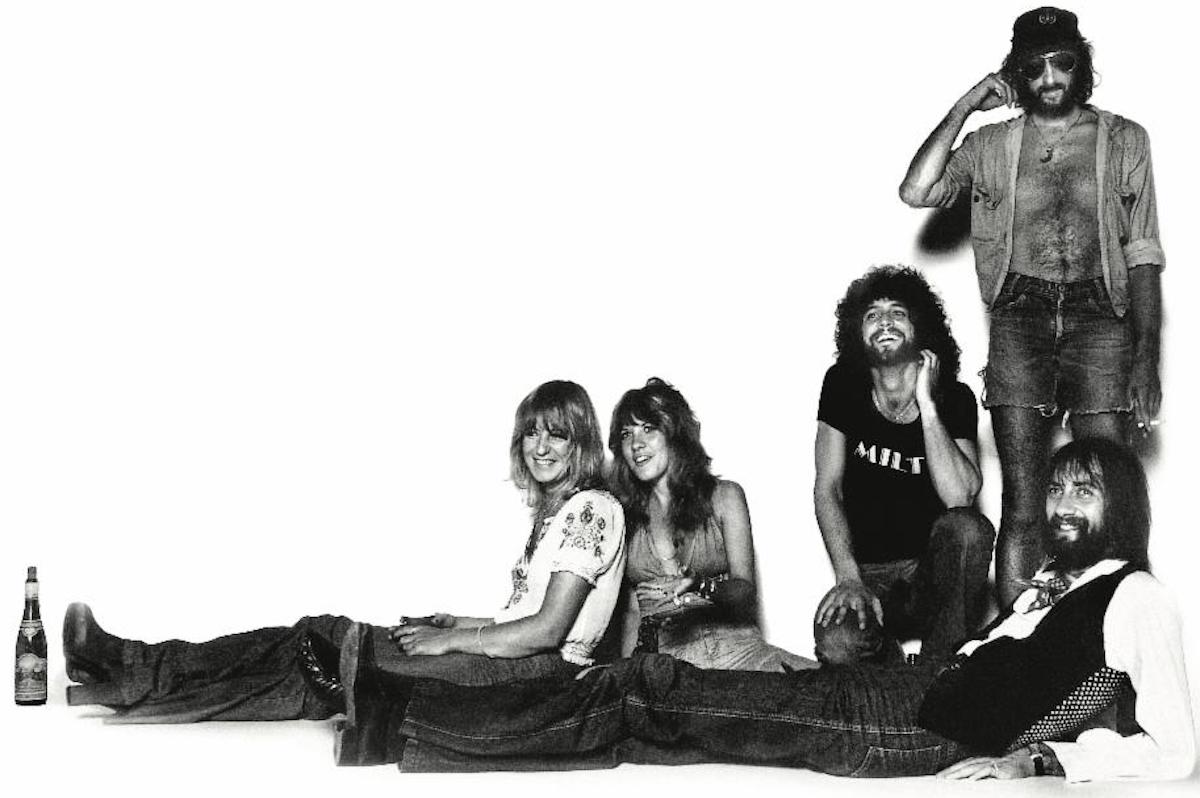
Deep Purple
The multi-phase U.K. band reached their commercial peak after the release of Machine Head in 1972 — their sixth album, and the third of the Phase II era with Ian Gillan on vocals. This means a world without Woman From Tokyo, Super Trouper, Burn or Perfect Strangers.
Adjusted lifespan | 1968-1972
Black Sabbath
I don’t want to think about all the songs we’d never have if the Birmingham sludge-metal godfathers called it a day after just their second LP, 1970’s Paranoid. They probably wouldn’t be in the Rock And Roll Hall of Fame without Children Of The Grave, Sweet Leaf, Supernaut, Changes, Snowblind, Sabbath Bloody Sabbath or Symptom Of The Universe. And that’s just the Ozzy Osbourne era — what about Ronnie James Dio?
Adjusted lifespan | 1968-1970
Genesis
This one is pretty easy to take. The band could have called it quits after original lead singer Peter Gabriel left, but they didn’t. Instead, they kept getting more and more popular — culminating with the release of 1986’s Invisible Touch. I’m fine with this because I can do without 1991’s We Can’t Dance or the horrible post-Phil Collins album, Calling All Stations.
Adjusted lifespan | 1967-1986
King Crimson
I can’t abide this parallel universe where the multi-lineup, multi-hiatus, Robert Fripp-led prog band quit after their debut album, which was their biggest commercial success. In The Court Of The Crimson King is a fantastic record, but my favourite one, Red, didn’t happen until five years later.
Adjusted lifespan | 1968-1969
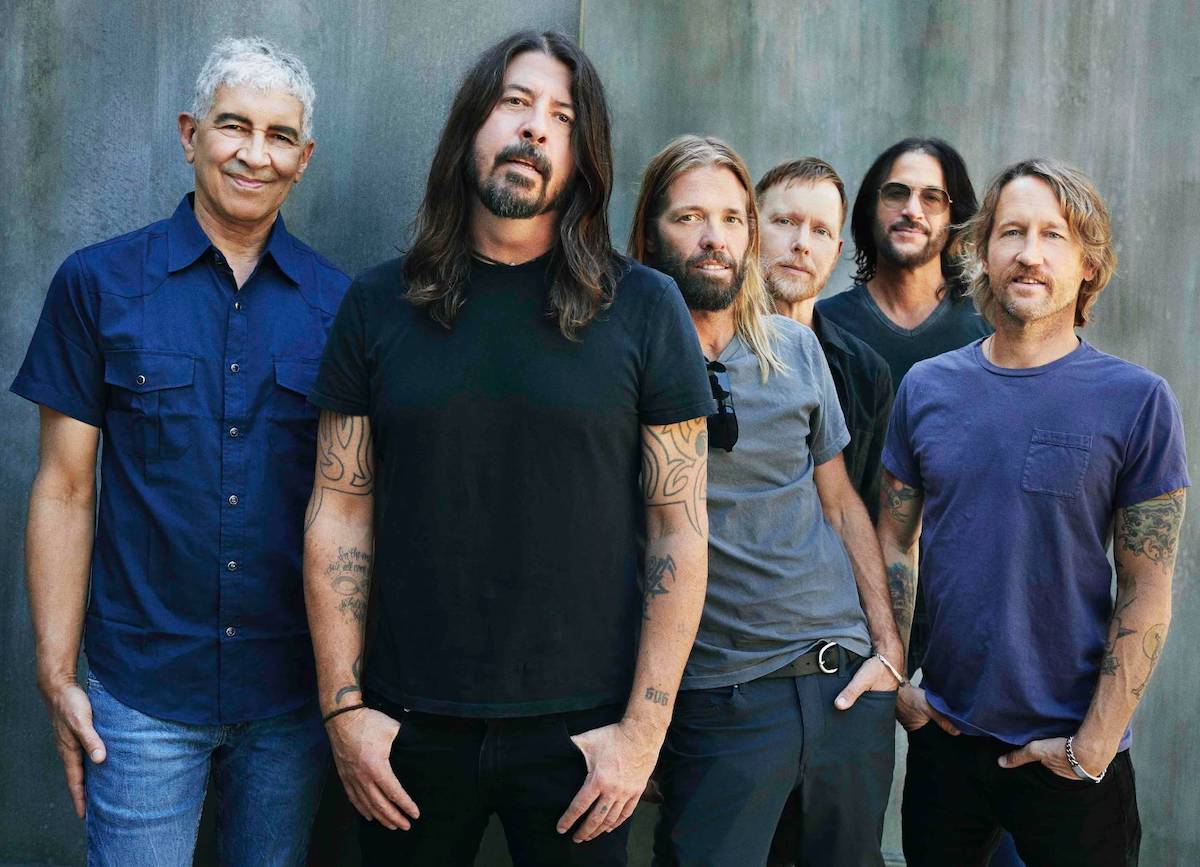
Foo Fighters
This one is tough to figure out. If we’re considering a band’s commercial peak to be the year they released their best-selling album, this happened to Dave Grohl and co. back in 1997 with the release of Foo Fighters’ sophomore album, The Color And The Shape. But, that album only got to No. 10 in the States and No. 3 in the UK. — compared to 2011’s Wasting Light and 2017’s Concrete And Gold — both of which went No. 1 everywhere. They were arguably the hottest band in the world in 2011. Their biggest hit was on a different album altogether — Best Of You got to No. 18 in 1995, from the double album In Your Honor. However, I’m going to say they reached their peak in 2018 when Billboard placed them atop their Greatest of All Time Alternative Artists list. So, Foo fans, that means you only lose the most recent albums Medicine At Midnight (2021) and But Here We Are (2023).
Adjusted lifespan | 1994-2018
U2
Many of you will be delighted to discover the band who took the baton from The Police reached their commercial peak all the way back in 1987 with the release of The Joshua Tree. It sold 25 million copies — eight million more than its closest competitor, 1991’s Achtung Baby. This dramatically shortens their career and spares us that Rattle And Hum film and the bastardization of Helter Skelter. The band’s concert popularity peaked on the 360° Tour from 2009-2011, when they reported a gross revenue of $736 million. Their 2017 tour marking the anniversary of The Joshua Tree grossed nearly $400 million.
Adjusted lifespan | 1976-1987
The Tragically Hip
Oh, dear. I’m not sure how I feel about this. I liked the Hip — especially their first two albums. But I really loved Gord Downie’s solo material. It turns out, the band reached its commercial peak after the release of their third album Fully Completely in 1992. It’s interesting to imagine how a solo Downie might have interpreted post-’92 songs without his bandmates. Nine of the band’s 13 studio albums went No. 1 in Canada — seven of those came after Fully Completely. Try to imagine non-Hip versions of Grace Too, Ahead By A Century (their biggest hit song), Poets, Bobcaygeon, My Music At Work or At Transformation.
Adjusted lifespan | 1984-1992
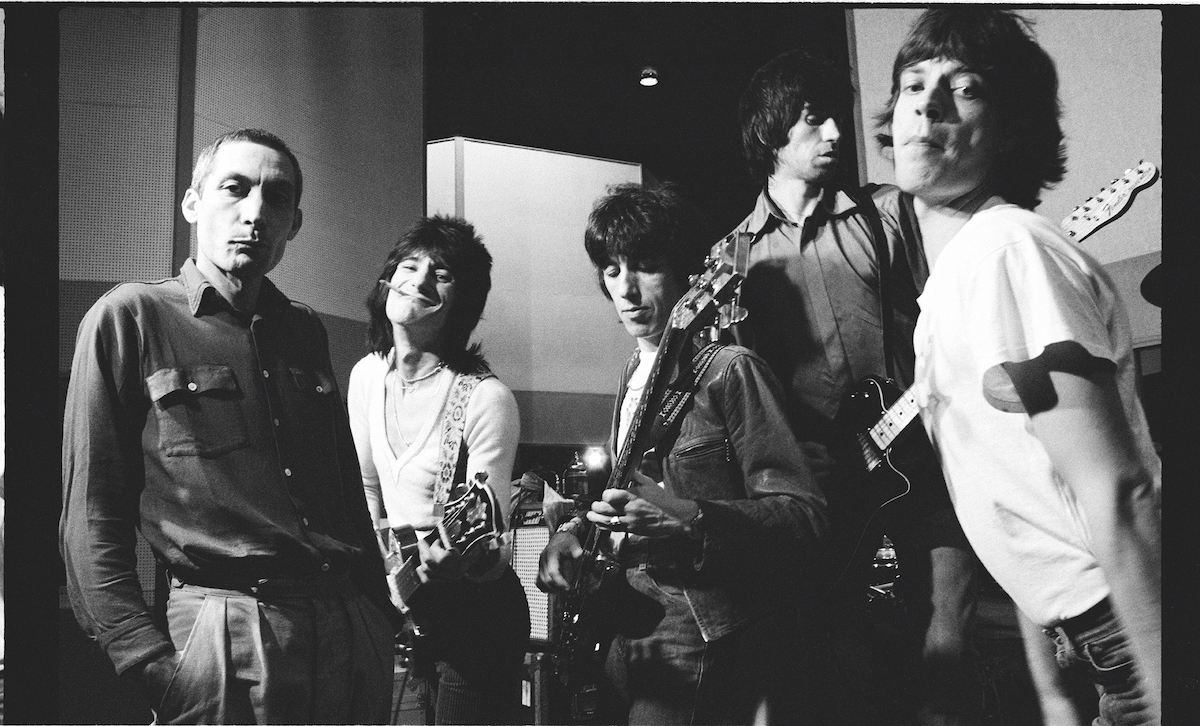
The Rolling Stones
When did the best rock band of all time hit their commercial peak? It’s difficult to pin down precisely. Their best-selling album is the double-LP best-of compilation Hot Rocks from 1971. But we’re considering studio albums only. Their biggest hit single was 1969’s Honky Tonk Women, but their biggest song is Gimme Shelter, which has sold around 22 million copies/downloads. The biggest-selling studio album was Some Girls in 1978, but I’m putting the band’s commercial peak in either 1972 — the year they were the biggest band in the world, touring America for two months on the heels of second-best selling album Sticky Fingers, Hot Rocks and their double album Exile On Main St. Or in 1978, after the release of Some Girls. Their ’72 U.S. tour was far from the last time they had huge concert success, of course. They sold out Shea Stadium for six nights in 1989 and could probably still fill any venue in the world. Their A Bigger Bang Tour from 2005-2007 had a gross revenue of around $560 million. The No Filter Tour (2017-2021) had a gross revenue of just under $550 million. Let’s say 1978.
Adjusted lifespan | 1962-1978
The Who
The main vehicle for Pete Townshend’s songwriting, never had a No. 1 hit in the U.K. or the U.S. Two songs got to No. 2 in the U.K. — My Generation (1965) and I’m A Boy (1966). Their biggest hit in the States was I Can See For Miles (1967), which got to No. 9 on Billboard, but indirectly inspired Paul McCartney to create Helter Skelter. The only place the band got to No. 1 on the singles chart was in Canada — twice — with Happy Jack in ’66 and Squeeze Box in ’75. The band’s biggest-selling record was 1971’s Who’s Next which moved around 21 million copies according to the RIAA, plus 300,000 in the U.K. So if we break up the band in 1971, it means we get all their best stuff — My Generation, A Quick One, Tommy, Live At Leeds — but miss out on the Tommy movie and Quadrophenia. Maybe it means Keith Moon survives, but I doubt it.
Adjusted lifespan | 1964-1971
AC/DC
Well, this is awkward. AC/DC’s biggest commercial success was their first album with Brian Johnson, following the 1980 death of singer Bon Scott. That album, of course, was Back In Black, which sold 50 million copies worldwide. It’s the second-best selling record of all time and created a level of popularity which carried over to For Those About To Rock (We Salute You) the following year — their first album to go No. 1. They became a major success again in the ’90s and have managed to sustain it — 2008’s Black Ice and 2020’s Power Up went No. 1 everywhere charts exist. The Black Ice Tour had a gross revenue of $442 million. But we’ll say the band hit their commercial peak and shuttered the store in 1981.
Adjusted lifespan | 1973-1981
Pink Floyd
No surprise, the band reached their commercial peak with the release of 1973’s Dark Side Of The Moon. It’s right after AC/DC’s Back In Black in terms of studio album sales. But, like that AC/DC album, Dark Side made the band stars and kept them popular through the release of consistently excellent studio albums Wish You Were Here (1975), Animals (1977) and The Wall (1979). The band reached its live peak in the 1990s, attracting monstrous crowds on their tours for Momentary Lapse of Reason (1987) and The Division Bell (1994). That 1994 tour alone saw a gross revenue of $250 million. In 2004, Q magazine calculated Pink Floyd to be the biggest band of all time according to their points system measuring sales of their biggest album, attendance of their biggest headlining show and the total number of weeks spent on the U.K. album chart. They are the ninth-best selling act of all time — the fourth-best selling band. It’s ridiculous, but let’s imagine they broke up after touring Dark Side Of The Moon in 1974. Certainly members of the band fantasized about that at the time.
Adjusted lifespan | 1966-1974
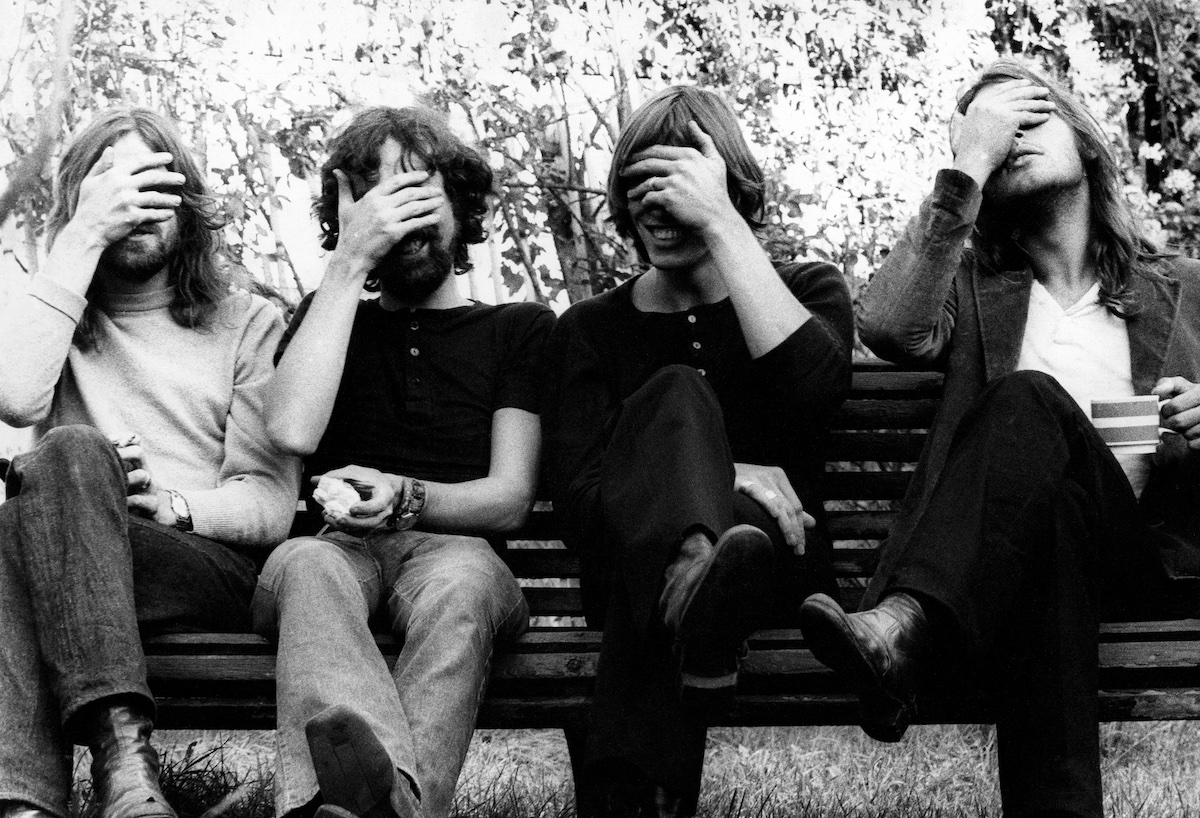
Queen
Arguably, here’s a band which reached their commercial peak after the death of Freddie Mercury forced them to stop. Certainly that’s the case in the U.K. But in 1976 — as they toured A Night At The Opera — they were the biggest band in the world for a time. But their 1980 album The Game was their first to go No. 1 in both the U.K. and the U.S. So, I’m breaking them up there.
Adjusted lifespan | 1970-1980
Van Halen
Like a number of bands on this list, Van Halen had numerous singers. But VH belong with Black Sabbath and King Crimson rather than Genesis and AC/DC — in other words, bands who had their biggest success with their original singer rather than with a successor. Van Halen reached their peak in 1984 with the release of the album, uh… 1984. It was their last album with vocalist David Lee Roth until the 2012 reunion / swan song A Different Kind Of Truth. In this alternate reality, we never experience the Sammy Hagar and Gary Cherone eras. Instead, Roth departs the band for a film career which never happens… and Van Halen never record again under that name (though Van Hagar is not out of the realm of possibility, so maybe Sammy still has a chance. But Van Cherone? Forget it.).
Adjusted lifespan | 1972-1984
REM
The beloved Athens, Georgia band reached their commercial and critical peak in 1992 with the release of Automatic For The People. It’s their best-selling record — the fourth-best selling album of 1992. If the band folds there, we miss out on the seven LPs which followed — including their third most-popular record, 1994’s Monster.
Adjusted lifespan | 1980-1992
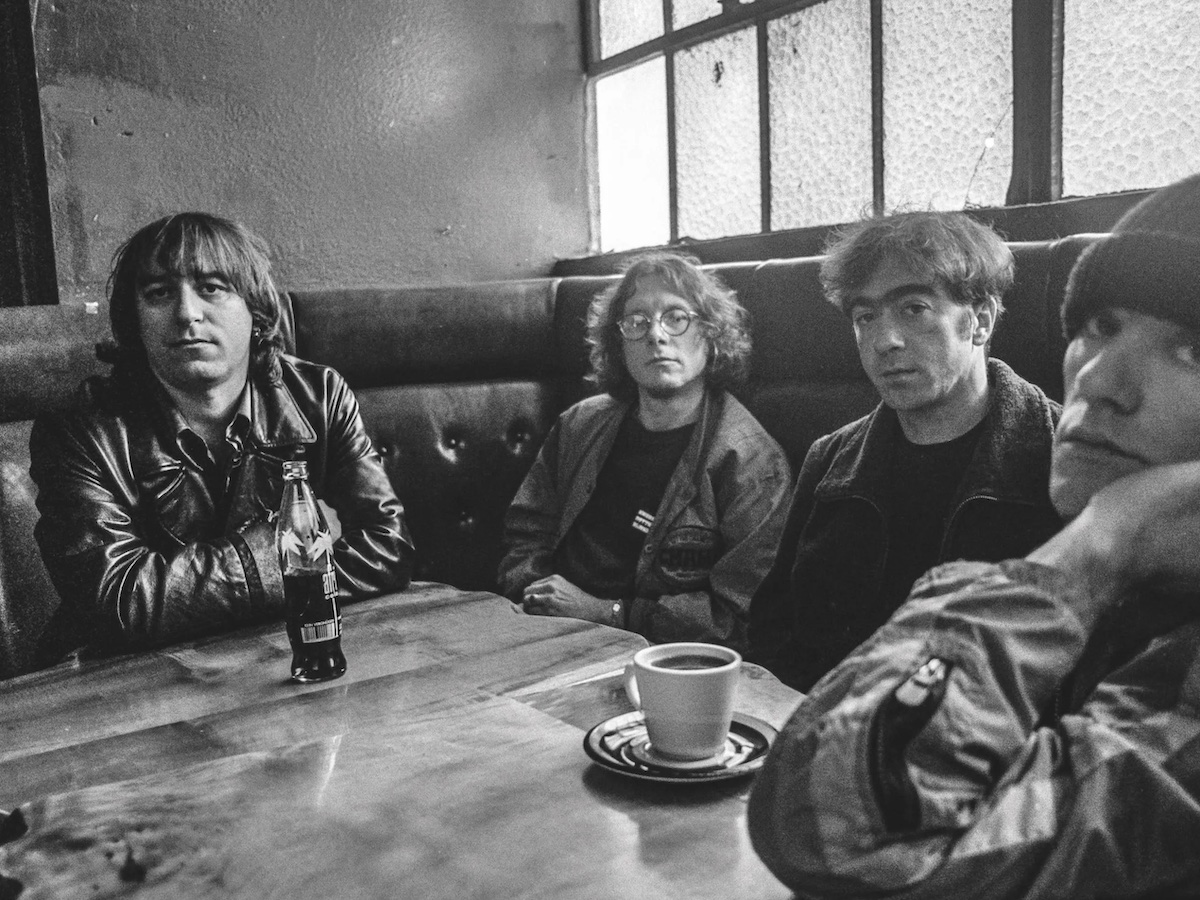
Metallica
When the thrash metal dudes toned down their sound in 1991, in favour of more melody and production by Bob Rock, they became the most popular band in the world. Of course, the hit single Enter Sandman didn’t hurt either. You’re still bound to hear a hamfisted rendition of it at least once if you spend more than 10 minutes in any Long & McQuade store. The self-titled Black Album from 1991 went No. 1 everywhere — so, too did its followup, 1996’s Load. But the Black Album outsold Load by 12 million copies in the U.S. alone.
Adjusted lifespan | 1981-1991
• • •
Shea Stadium Sellouts
Shea Stadium was a landmark in Queens, New York from 1964 until 2008, when it was demolished and replaced by Citi Field. In order to be booked there, you had to be big. In order to sell it out, you had to be bigger. Here’s some of those who did, and the crowds they attracted:
The Beatles | Aug. 15, 1965 (53,275 fans)
The Beatles | Aug. 23, 1966 (45,000)
Grand Funk Railroad | July 9, 1971 (55,000)
Jethro Tull | July 24, 1976 (45,000)
The Who | Oct. 12 / 13, 1982 (50,000 per show)
The Police | Aug. 18, 1983 (70,000)
The Rolling Stones | Oct. 10 / 11 / 25 / 26 / 28 / 29, 1989 (65,000 per show)
Elton John | Aug. 21 / 22, 1992 (61,000 per show)
Bruce Springsteen & The E Street Band | Oct. 1 / 3 / 4 2003 (50,000 per show)
Billy Joel | July 16 / 18, 2008 (55,000 per show)
• • •
Area Resident is an Ottawa-based journalist, recording artist, music collector and re-seller. Hear (and buy) his music on Bandcamp, email him HERE, follow him on Instagram and check him out on Discogs.









